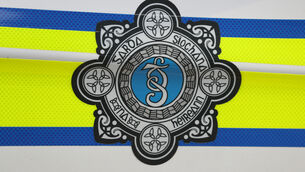Schools’ computer use hit by poor web link speed
Education Minister Ruairi Quinn and Communications Minister Pat Rabbitte are working on a Digital Schools Strategy, due for publication at the end of the year. However, teachers say it will be worthless without giving the country’s 3,200 primary schools the high-speed internet broadband soon to be available in every second-level school.
By the summer, all 730 second-level schools should have 100 megabits per second (Mbps) internet connectivity thanks to Government and industry investment. But primary teachers and pupils must make do with as little as 3Mbps, causing anger and frustration as Mr Quinn encourages them to develop best practice of technology use in the classroom.
The last major Department of Education investment in technology hardware at primary level was €46m paid out in 2009 and 2010 for schools to buy a laptop computer and digital projector for every classroom, and other equipment with any remaining funds.
“The investment in IT has not been fully realised because of a lack of connectivity and it’s undermining any digital strategy when children can’t reap the educational benefit,” said Irish National Teachers’ Organisation general secretary Sheila Nunan.
She said technology must be available when teachers and children need it if it is to be useful in the classroom, but the Government has failed to connect them to the outside world.
A Department of Education spokeswoman pointed out a number of devices which can be used in class, including interactive whiteboards, laptops, desktop computers, tablet computers and other handheld devices.
“These devices can connect to the internet but their use is not dependent entirely on an internet connection.”
She said improvements continue to be made to primary school broadband, but there are no plans for the provision of 100Mbps, although this will be reviewed in line with developments in the market and technology. The department said it tries to provide a minimum connectivity in the region of 12Mbps, but it is not always achievable within available resources.
“Annual charges for individual schools range from €300 up to €6,000, and obviously the more difficult to reach schools require greater investment,” the spokeswoman said.
The number of providers of schools’ broadband rose from six to 14 after most recent tendering.












